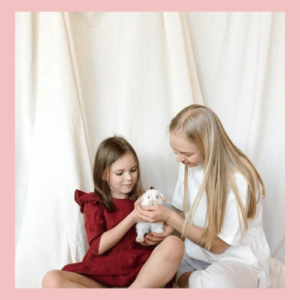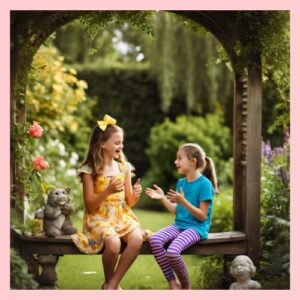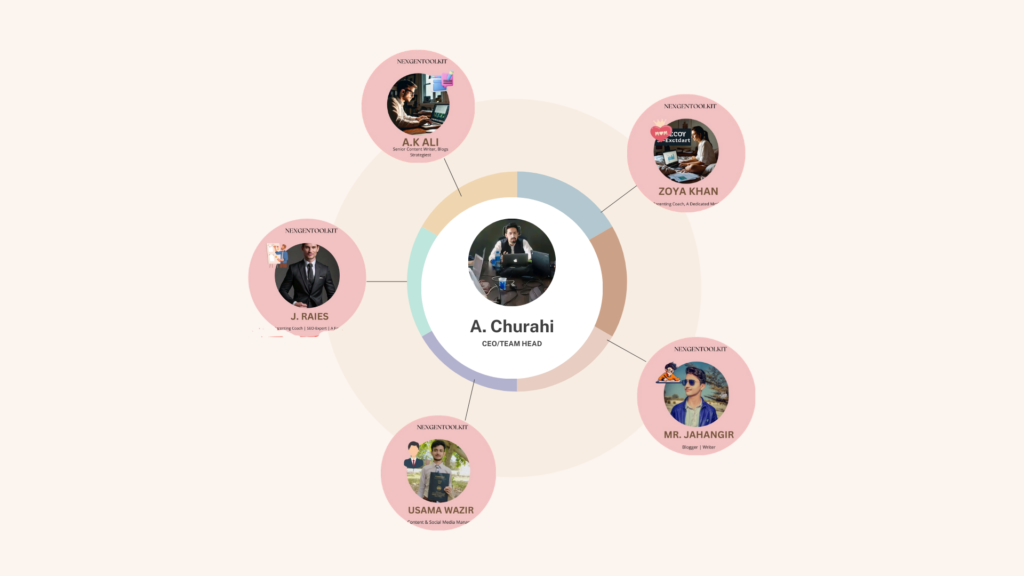At the end of three months, the baby starts developing an interest in what is happening around them and can start interacting. At this stage, activities that involve sensory Farrell (2008) and that which enhances the child’s body and brain are appropriate. 20 Activities for 3-Month-Old
You Can Also Read This 5-Year-Old’s 5th Birthday Party Ideas
Montessori-inspired activities are beneficial in early childhood education for the following reasons;
Here are 20 Activities for 3-Month-Old tailored for your three-month-old:
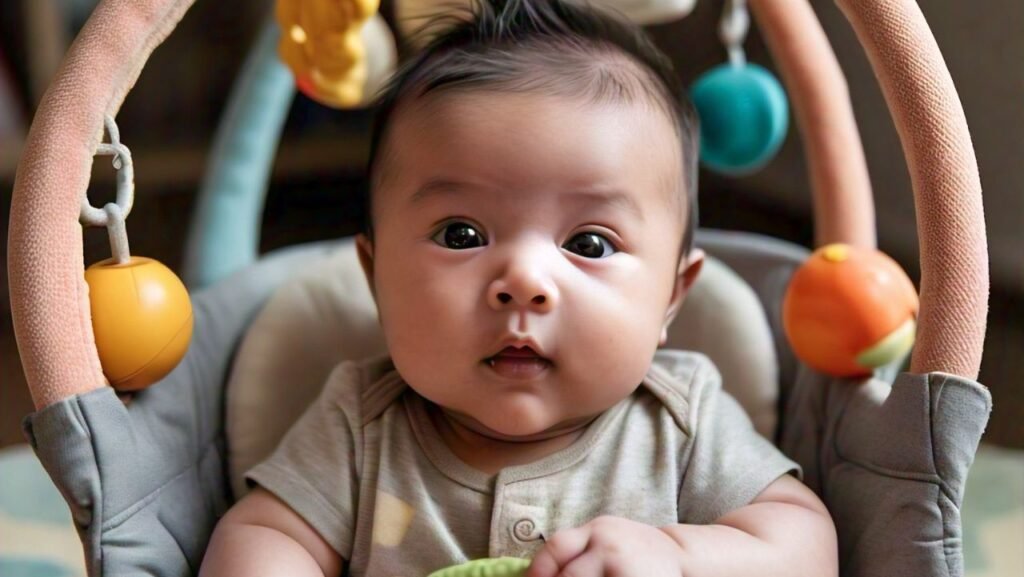
PHYSICAL DEVELOPMENT ACTIVITIES:
- Sensory Baskets: Designate sensory baskets based on themes such as texture where clients can explore objects with different kinds of surfaces such as soft, wooden, and smooth.
- Gentle Massage: Add mild massaging which is safe for the babies and can be done by using baby-friendly oils which can help in calming the babies by explaining to them the different feels of their tiny hands.
- Rolling Ball Play: Start with baby teething toys that can be rolled back and forth to help in developing hand and eye skills.
- Tickling Games: Gently patting your baby’s hand/feet and rubbing the tummy area will help your baby to laugh and respond to his/her sensory impulses.
- Baby Yoga: Some of the exercises include bending the baby’s legs while you hold him/her then cycling the legs or raising the baby’s arms.
- Floating Toys in Bathtub: While bathing the baby, show him toys that float on water, your baby will be able to grab them with his hands which will help develop his hand-eye coordination.
- Nature Walks: Use your baby and go out walking for short stints in a carrier or body carrier/stroller to get to know the textures of your environment e. g. Walk while touching the leaves and listening to the sounds birds make.
- Texture Cards: Make cards with soft and rough surfaces such as fur for your baby and use them during quiet time so that he/she can touch them.
- Interactive Play Gym: Utilize a play gym that has different colors, sounds, and forms for the baby to reach and bat at.
- Sensory Bottles: Create sensory bottles with water and food coloring, shaving cream, glue, or pieces of small toys for visuals and touching.
- Tummy Time Exploration: Lay your baby on his or her tummy a few times a day to improve the neck and arm muscles.
- Gentle Leg Cycling: Cycling your baby’s legs while your baby is lying on his back is also a method through which you can enhance leg development in your baby.
- Grasping and Reaching: For your baby to be occupied they should be provided with toys of varying texture in addition to shapes that they can hold.
- Baby Gym: For instance, it is recommended to use a baby gym with hanging toys to help improve reaching, kicking, and batting.
- Mirror Play: The baby should occasionally be presented with a mirror especially if it’s a baby-safe one in a bid to build on their self-recognition and visual following.
- Sensory Balls: Use soft and colorful different-shaped bags, that would be very appealing for babies and could be used for rolling exercises.
- Foot Rattles: Fasten gentle shaking apparatus around the baby’s legs to prompt movements and sensation discovery by the baby.
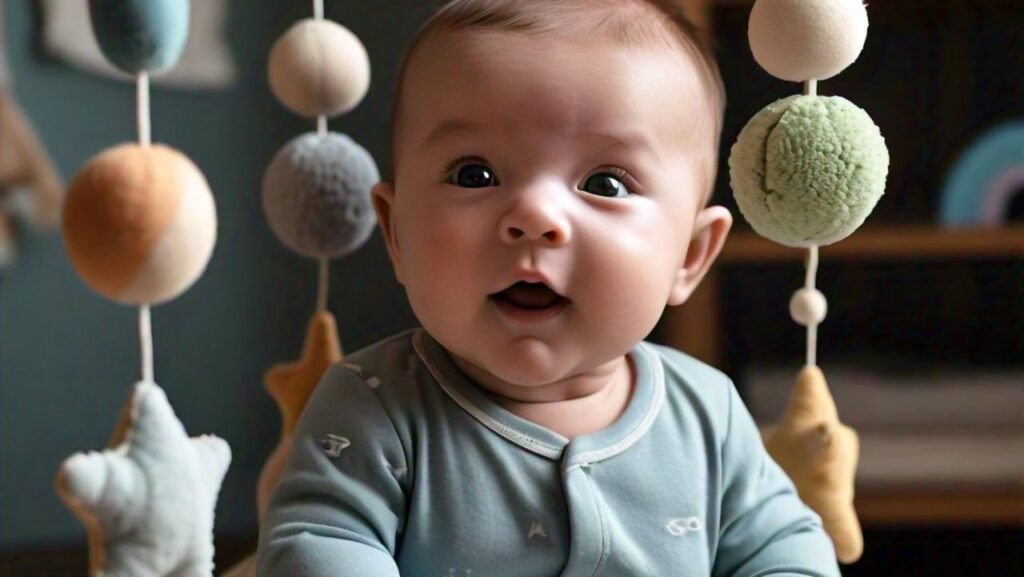
LEARNING AND MONTESSORI ACTIVITIES:
- Treasure Hunt: Place small toys or other objects that are safe for babies and take them to the extent that a baby cannot see them, cover them with a cloth or blanket, and let the baby search for them to solve the problem.
- Object Permanence Box: You can buy a box that is an object permanence box and get small toys for your baby to drop into the box and be unable to see them but when the toys are taken out, they are produced from the box.
- Exploration with Scarves: Another valuable activity is the game of peek-a-boo using soft scarves or cloths to help in tracking of movements and social activities.
- Sound and Music Exploration: You can bring in other musical instruments or homemade baby shakers as your baby can change the beats and sounds to choose from.
- Stacking Rings: You should provide stacking rings or cups for your baby to pick up with fingers, stack those, and knock down that would enhance the baby’s fine motor skills and spatial skills as well.
- Sensory Walkway: Make a little path for a sensory walk starting with one or two different textured mats/rugs for your baby to crawl or play while they are on their tummy.
- Color Exploration: For your baby to discover the colors and textures through touch and sight you can use soft washable crayons for kids or even finger paints that are non-toxic and on large paper sheets.
- Shadow Play: Have the baby lay on their back and while holding a flashlight make big and small shadows on the wall or ceiling for the baby to track with their eyes.
- Exploration with Soft Books: Make available soft books with fabric material with a variety of friable finishes and with a combination of black and white to be effective in self-exploration by the baby.
- Nature Sounds Recording: In silence, play tapes of natural sounds such as rain, sea waves, or bird singing to stimulate your baby’s acoustic sense.
- Black and White Cards: As far as vision development is concerned, the child should be shown high-contrasted black and white cards.
- Nature Observation: It is recommended that you take your baby outside to study trees, flowers, and birds and touch and taste as well as listen to elements such as the bark, petals, and twigs as well as the songs of birds.
- Treasure Basket: Infant items: Set up a treasure basket with safe natural materials that infants can touch and explore such as wooden rings, fabric scraps, and stones.
- Exploration Board: Hang up a board where you can place abrasives of sandpaper, velvets, and satin for the baby to touch.
- Sound Exploration: Provide teething rings, toys that give out sounds like rattle, bell, and musical toys for the babies to chew and hear.
- Reading Aloud: Alphabetic knowledge: reading simple board books with contrasting image/texture appeal to promote reading.
- Montessori Mobiles: Properly positioned, mobiles that possess Montessori characteristics are used to develop your baby’s visual tracking and focusing skills.
- Face-to-Face Interaction: Play with your baby face-to-face and imitate your baby’s facial expressions to help in the development of their social and emotional skills.
- Simple Songs and Rhymes: Teach, for example, the tunes of nursery rhymes dancing to the lyrics and doing sign actions for language acquisition and closeness.
- Texture Books: Make up your texture books with fabrics and other things your baby can touch and feel, and possibly gum.
Why These Activities Matter
Each of these activities is intended to not only engage your baby’s senses but also help him or her achieve developmental milestones. Some of the widely known principles in Montessori include independence, individualization, and the child’s natural learning ability.

Conclusion :
By entertaining your three-month-old child with such activities, physical and cognitive development is facilitated besides improving affection between you and the child. Of course, it is important to understand that all babies are individuals and have their routines, the best thing is to take notice of your baby’s signals and respond to them.
You Can Also Read This Female Dragon Names






